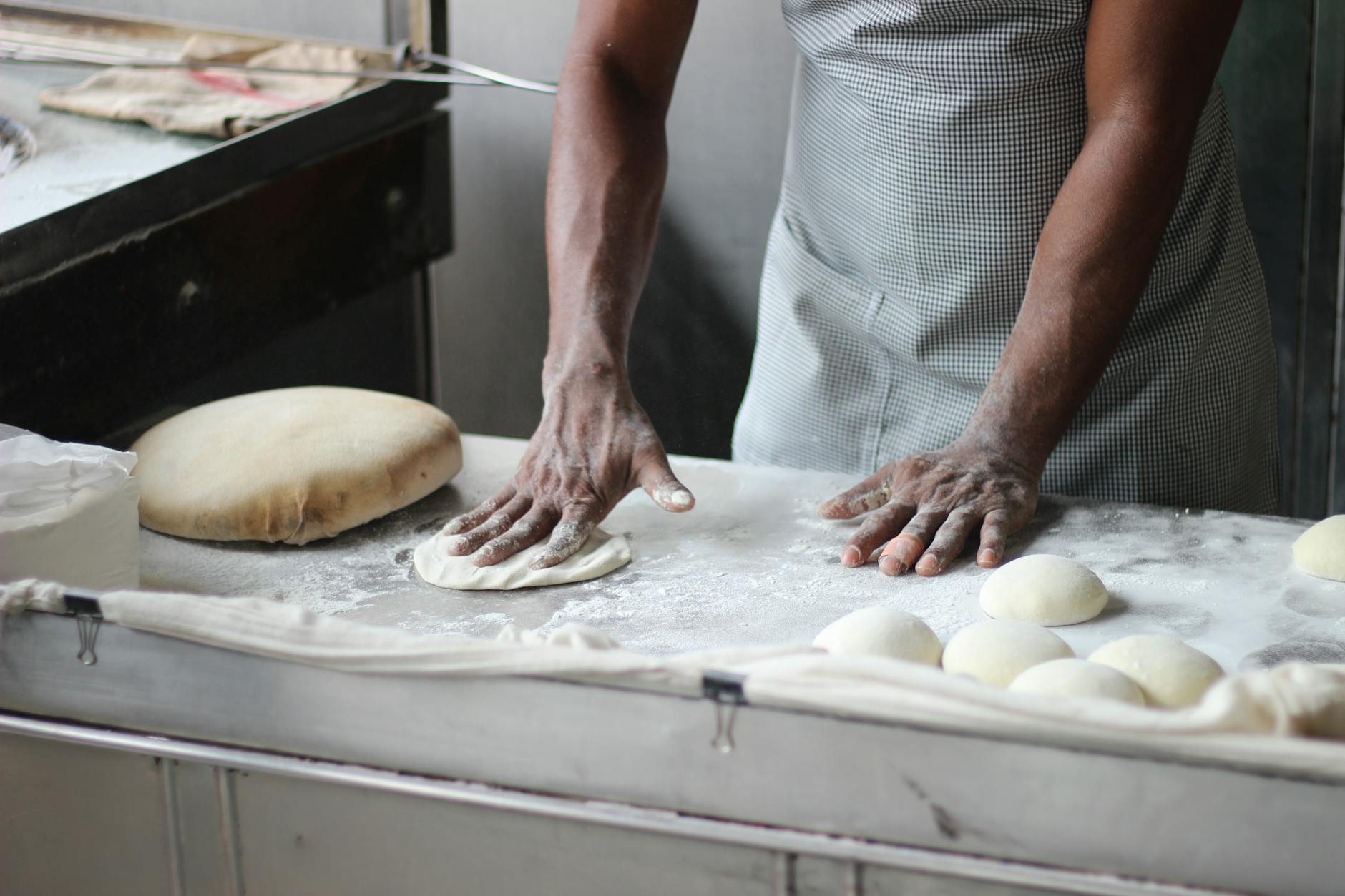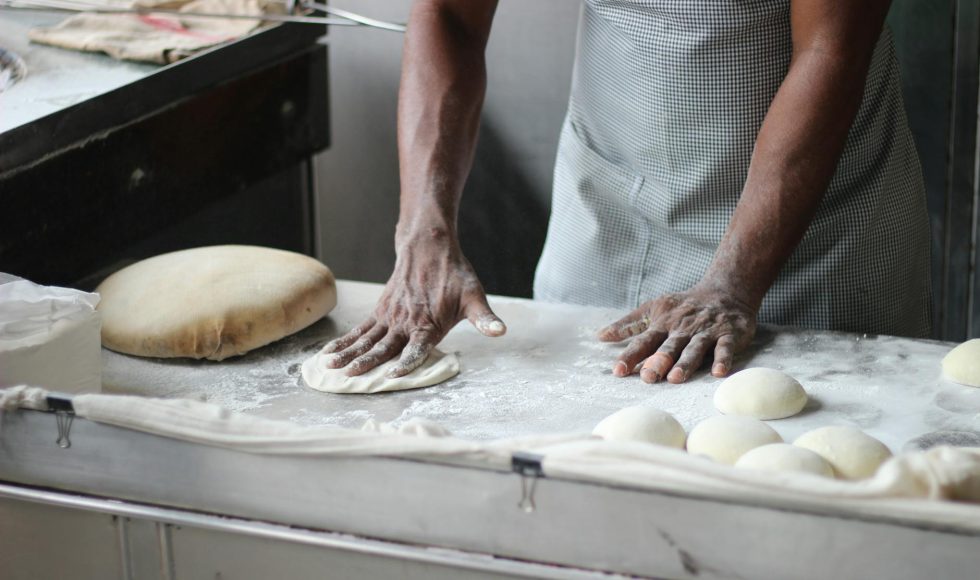Tonight I watched the Oxford Nanopore Technologies Knowledge Exchange on “Library Preparation Kits and Methods.” David Stoddart is the Director of Sample Technology and recorded this session on January 30th, 2020. The session was focused on sequencing kits for DNA and RNA. They defined library preparation as “the act of converting sample into format compatible with the sequencing system.” Sequencing uses an enzyme “motor” attached to the nanopore “reader.” Adapter sequences are added to the template. Tethering molecules help increase sensitivity about 10,000 fold, mentioned Stoddart. Sequencing with the nanopore reader enables detection of RNA and/or base modifications. Stoddart spoke about the “dark bases” that may be difficult to sequence with other approaches but the “dark genome” is accessible with Nanopore sequencing. However, if you don’t have enough template or library, you may not be able to use a flow cell efficiently. Stoddart noted that there is no “fixed sequence time” which allows users to sequence “on demand” and wash flow cells, if wanted. The main PCR-free library prep kits are the ligation sequencing kit and the rapid kits. The ligation sequencing kit takes about sixty minutes and can use as input gDNA, cDNA, or amplicons. The first step is end-prep and nick repair followed by ligation of sequencing adapters. The Ligation Sequencing Kit (LSK) can offer 15-25+ Gb on a MinION/GridION flow cell or 150+ Gb on a PromethION flow cell. The “four horsemen of the output apocalypse” that Stoddart noted are:
- Not enough library
- Too much library
- Membrane damage
- Blocking/pore “availability”
To maximize sequencing yield, it is ideal to keep the pores full. Stoddart noted that to do this 5-50 fmol of “good library” are needed. Good library was defined as molecules with adapters on both ends. Stoddart emphasized that quantification and purity are important for loading. The challenge is to go from mass to moles for long fragment libraries. For long fragments, ONT recommends starting with 1 ug. If you have less than 500 ng of input for the LSK kit, fragmentation and size selection can be performed. Stoddart explained that pore blocking occurs “every so often” and MinKNOW detects and usually reverses. If unsuccessful, the pore block becomes “terminal.” Blocking appears to be improved through washing with a nuclease. ONT considers fragments shorter than 10 kb “short fragments” and noted that all methods so far of DNA prep produce some short fragments. The Rapid Sequencing Kits use a transposase to cleave and tag fragment ends. Rapid Kit protocols suggest 400 ng of input DNA. Interestingly, the long reads reported (“mega reads”) have been obtained with this kit! Selection of Rapid or Ligation Sequencing Kits will depend on the application, material available, and timing. If the amount of input DNA is under 100 ng, ONT suggests using the PCR Sequencing Kit. During PCR, 5′ tags are added for the sequencing adapters. There is no need for end-prep or ligation. Direct RNA sequencing takes <2 hr and enables identification of base modifications. It does require 500 ng of poly(A) template and poly(A) polymerase can be used. The motor used for RNA is slower… at ~100 bps. The output/throughput is therefore lower, though I believe this has been addressed with the new kit and RNA-specific R10 flow cells. PCR cDNA and cDNA sequencing kits are available. Sequence specific primers can be used for cDNA synthesis/amplification and then sequencing. Multiplexing requires the Native Barcoding Kit, though this may also change with future releases. Stoddart did note that the Community webpage does contain forums and updates. Every time I watch one of the library prep videos, I learn more about the process. This session will be useful to share with students in the new class I am designing.



